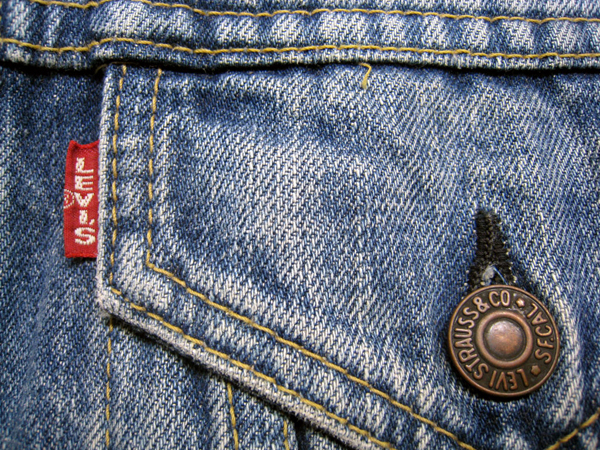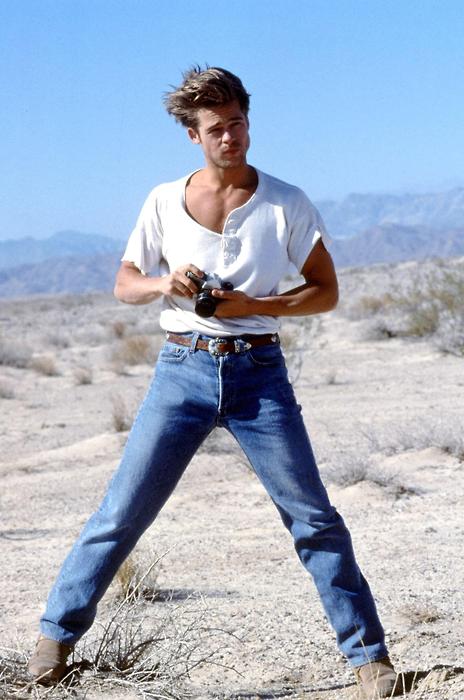Growing up, there was only one option when it came to buying jeans. From celebrities to teenagers, it seemed as though everyone wore Levi’s. The brand was so powerful, it seemed as if they had no competition.
That is perhaps no longer the case. Whilst the name remains as famous as ever, it has been a while since people got really excited about Levi’s. The company that launched the first ever pair of blue jeans in 1873 have suffered a lull in the past decade. It is hardly comes as a surprise, with both lower-end and higher priced jeans entering what has become a crowded market.
The financial crisis hasn’t helped. Sales have been falling globally and Japan is no exception. President, Takashi Saito, admits that the company has made mistakes in what has been a “difficult time,” but he is “optimistic,” about the future.
“We had some debate on the pricing of jeans during the deflationary period,” said Saito. “We responded to it by lowering the price for a couple of years, but that did not generate any incremental revenue. We realized it is important not to chase sales. That doesn’t work. We want to create fans of the brand and once we have them, the sales will automatically show up.”
Despite the recent struggles, there is no doubt that Levi’s still has a high number of fans here in Japan, including some fanatics. Last October 5,000 visitors turned up to see the world’s oldest pair of jeans in the Shibuya store. People were desperate to get a look at the jeans and Lynn Downey, the historian who presented them, was treated like a star. The event received a lot of press coverage and Saito described it as “a huge success, particularly on such a small budget.”
More than anything it got people talking about Levi’s again and that is vital for a company that was largely out of the news during the 2000’s. From a global perspective, their ‘Go Forth‘ commercial had a similar effect. They used Wieden & Kennedy, famed for Nike’s ‘Just Do It’ campaign, to produce the advertisement.
The commercial, which references Charles Bukowski’s ‘The Laughing Heart’ poem, was criticized in some quarters for it’s riotous images (particularly in the UK, where they decided to postpone the release of it due to real rioting in London during the summer of 2011), but at least it left an impression.
That is not something we have been able to say about a Levi’s ad since the early nineties, a time when classic songs such as ‘Should I Stay or Should I Go‘, ‘20th Century Boy‘ and ‘Mad About the Boy‘ were re-released following very successful campaigns.
The company has also been trying to utilize social networking sites as much as possible to expose the brand further. They used their facebook page to support Water.org, a nonprofit organization that supplies clean water to developing countries and this tied in nicely with the release of their waterless jeans. The page currently has well over 12 million likes, a number that has more than doubled in the past six months.
Gareth Hornberger meanwhile (also known as Levi’s guy), has around 8,500 followers on Twitter. He lets people know about various promotions, competitions etc and because of his popularity, a Levi’s girl was created for the same site. It is a more personal way of connecting with their customers that has worked well.
It is a far cry from how things used to be. There was a time when all they had to was put a topless male model in a pair of jeans with a catchy tune in the background and the sales would quickly follow. It isn’t so easy these days. The marketing team has a big job promoting the brand so that it will once again be at the forefront of peoples minds.
Charles “Chip” Bergh became the new company president last year and according to Saito, “he is now trying to develop a new strategy to reform the organization.” He has a big task on his hands. The monopoly they once had over the denim industry will never return, but they are showing signs of moving in the right direction. At the very least people have started talking about them again.
By Matthew Hernon and Ray Pedersen










